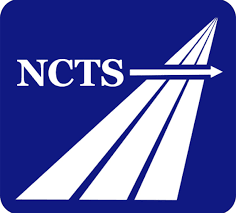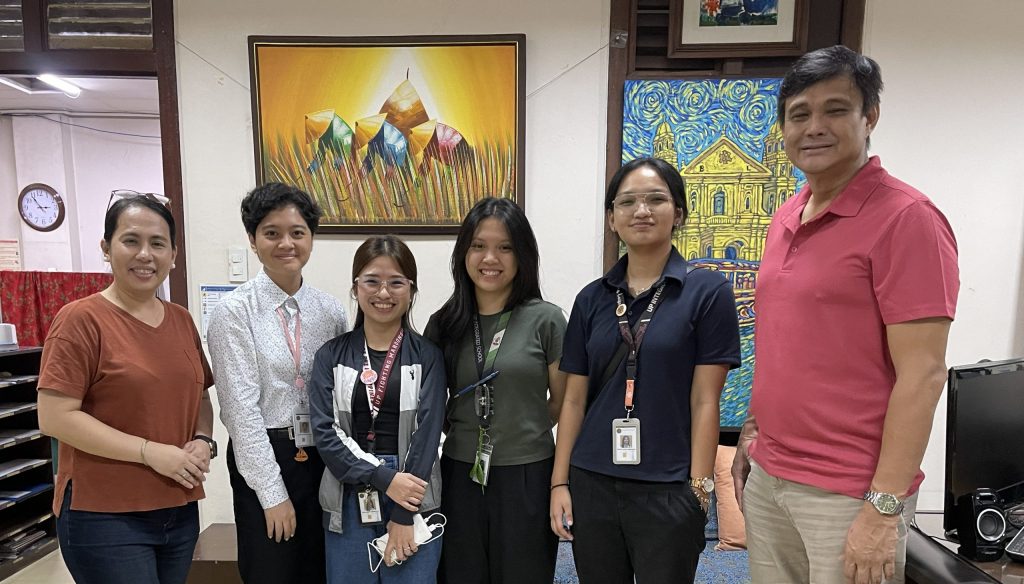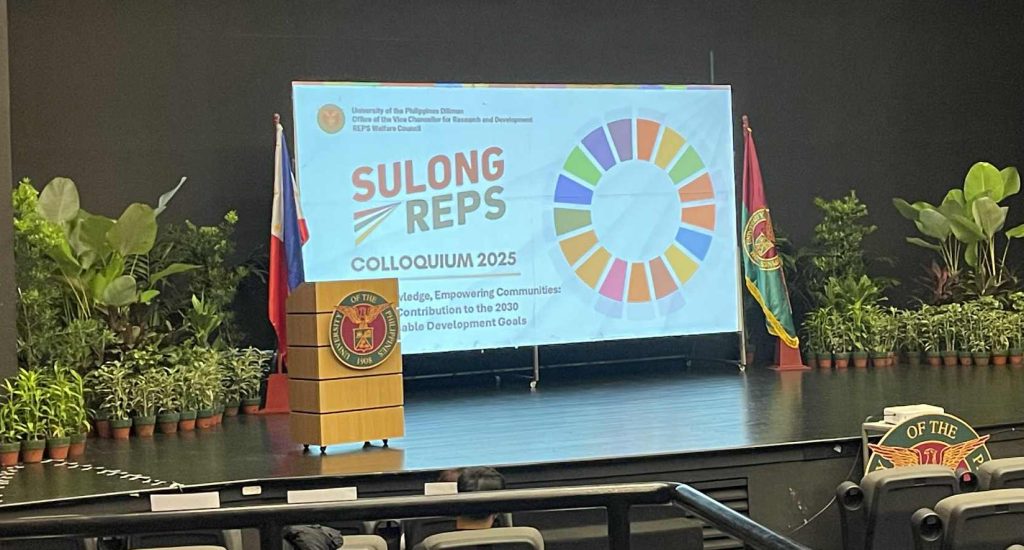The UP National Center for Transportation Studies presented the findings and recommendations of the Transportation and Traffic Management Plan to Mayor Leni Robredo and the Naga City Urban Transport and Mobility Council on November 14, 2025.
The presentation was part of a meeting convened by the City Mayor’s Office, which also discussed the proposed operational guidelines of the NCUTMC and the creation of the Naga City Pedestrian and Commuters Advisory Council. This activity aligns with the partnership among UP NCTSFI, BISCAST, and the City Government of Naga to advance a transport and traffic management plan that supports Environmentally Sustainable Transport, improves mobility, and enhances road safety, as outlined in the Memorandum of Agreement among the parties.
The meeting brought together key representatives from both national and local sectors, including the following:
- Bicol State College of Applied Sciences and Technology (BISCAST)
- City Council and planning offices
- LTFRB Naga
- LTO Naga
- Naga City People’s Council
- Metro Naga Walking and Cycling group
- UP National Center for Transportation Studies
- SafeTravel PH
- Public Safety Office
- MyNaga App team
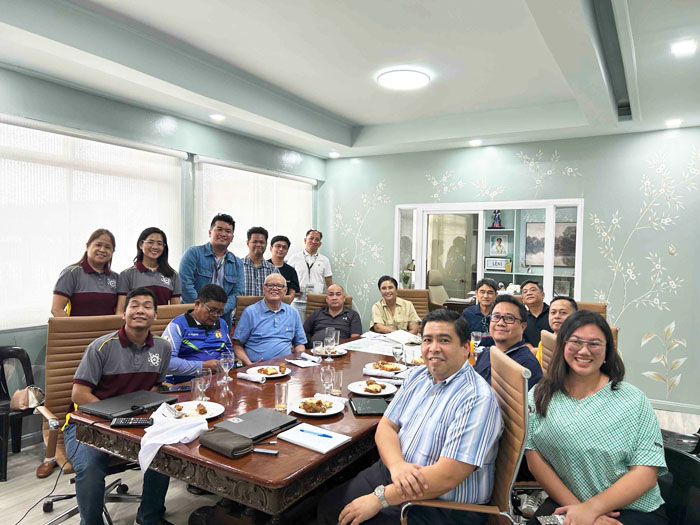

After the presentation, the team met with the Naga Youth Council through the invitation of Urban Transport and Mobility Coordinator Engr. Edmer DC. Flores to discuss their proposed ordinance that aims to strengthen the implementation of the city’s traffic codes and related regulations, including amendments on open public parking. This engagement supports the MOA’s objective of helping develop institutional mechanisms and policy directions aligned with the city’s mobility needs.
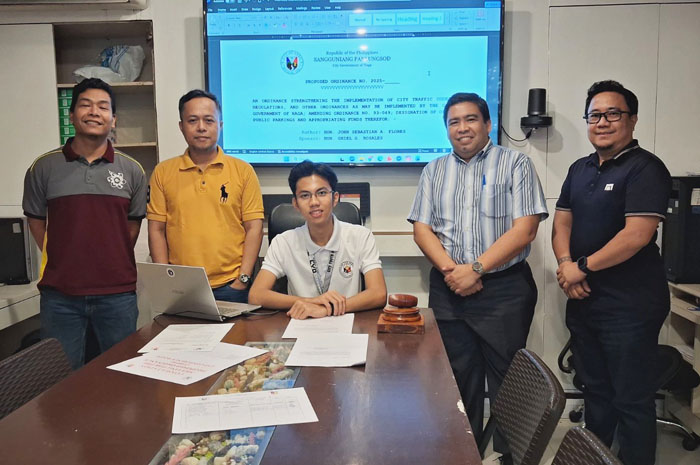
Moreover, the NCTS team, together with the city’s urban transport and mobility personnel and traffic enforcers, visited one of Naga City’s busy intersections to observe the actual flow of both vehicles and pedestrians.
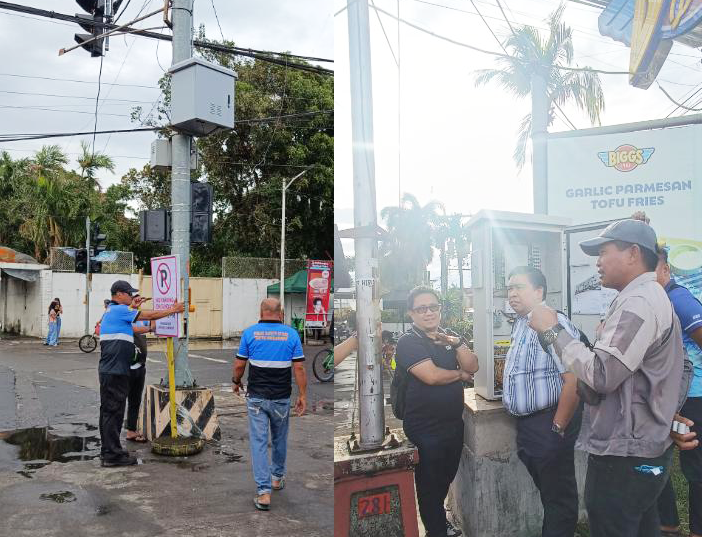
The field activity supports the collaborative effort to understand on-ground traffic conditions, identify practical measures to ease congestion, and strengthen ongoing work on improving mobility in the city.
